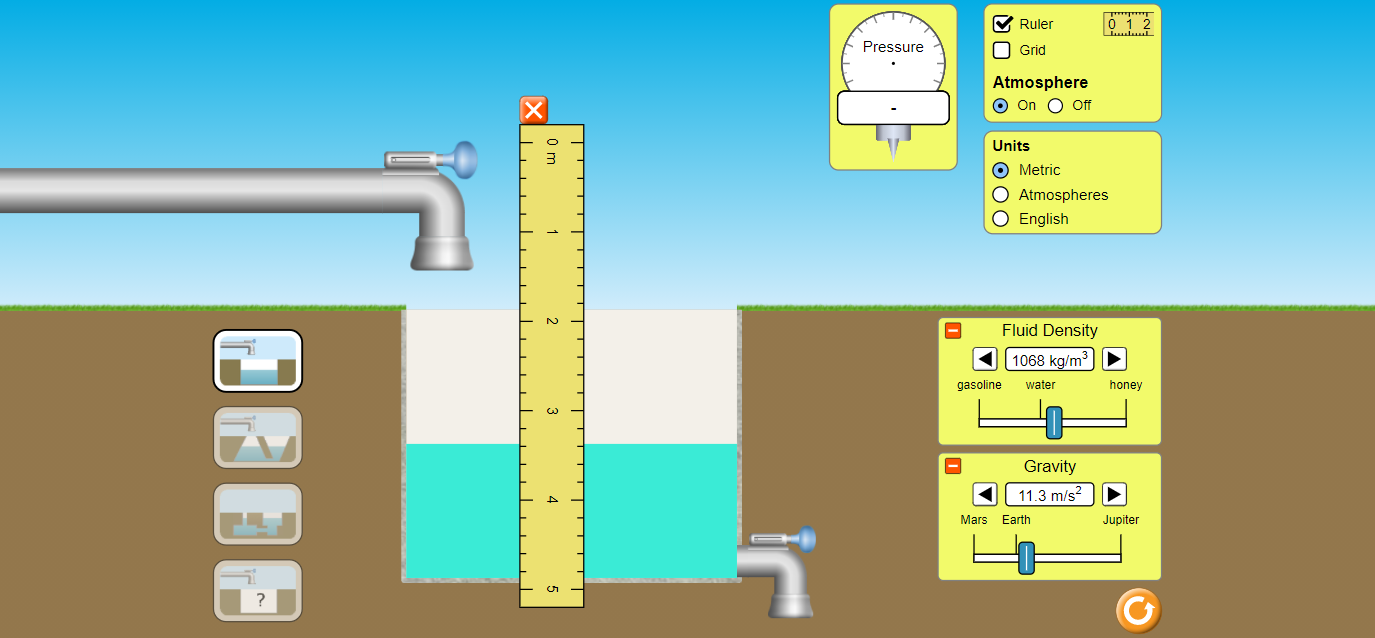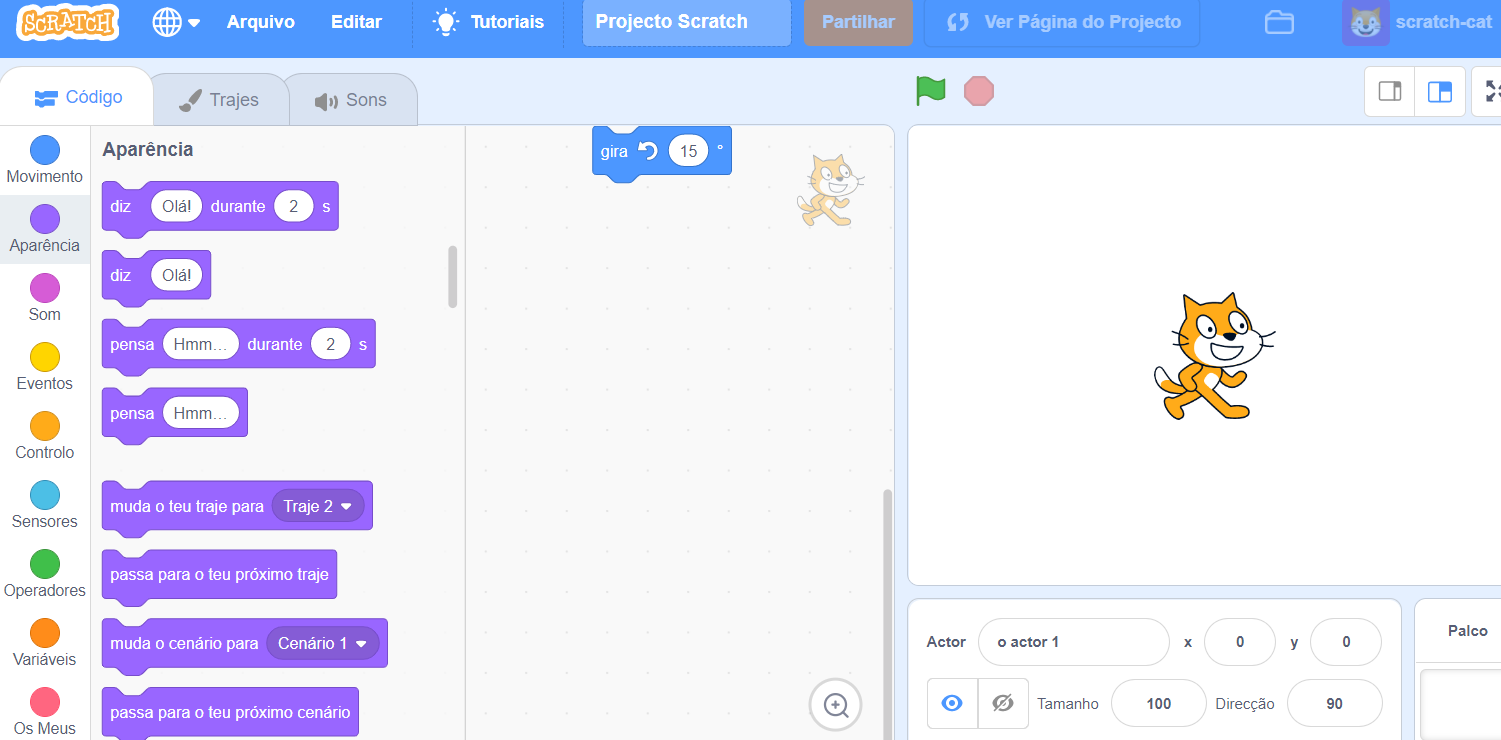
How to create more engaging and dynamic classes using technology
USING DIGITAL RESOURCES TO SUPPORT TEACHING AND LEARNING
“Tell me and I forget, Teach me and I learn, Involve me and I remember” Benjamin Franklin
Teachers have always had the opportunity to play a big part in children’s lives. They are educators, leaders, role models, and they can be critical to shaping the future of a student. It is often because of a particular teacher that a student develops a preference for a certain subject, which will later influence their career path.
One of the most important goals of teachers is to prepare the students for the life ahead, equip them with a mindset that allows them to overtake challenges through critical thinking and the ability to find innovative solutions. For that reason, good teachers are always in a constant search of dynamic tools that can help them involve their students actively in the learning process, to enable them to assimilate easily all the knowledge being transmitted – which is not always an easy task.
Over the past two years, this difficulty has only increased. The lockdowns caused by COVID-19 are forcing a rebuilding of the education system which can ensure learning continuity. Schools must quickly come up with solutions on how to continue the learning process through technology and many educators are teaching remote and in-person students at the same time. All those who were not familiar with technological tools in their classrooms felt many challenges.
Here are some resources to help you in this new learning reality. Your students can use them both at home or in the classroom. Use whichever ones fit best for your environment to achieve the best results…and watch your students become more motivated to learn than ever before!
PhET Simulations: PhET Interactive Simulations is a non-profit educational resource project from the University of Colorado Boulder, that creates and hosts explorable explanations to allow the visual learning of certain concepts. Students involved in experiential learning are more likely to have a greater understanding of their subject matter than students in a traditional class. PhET Simulations are very useful to help students visually comprehend concepts, and animate what is invisible to the eye. Through the use of graphics and intuitive controls such as click-and-drag manipulations, sliders, and radio buttons, students are encouraged to apply what was taught in the class, which promotes critical thinking abilities and self-directed learning. You can find free interactive simulations in the fields of physics, chemistry, biology, earth science, and mathematics.

Khan Academy: Khan Academy is a non-profit educational organization, with the goal of creating online tools that help educate students through short lessons in the form of videos. With Khan Academy, teachers are empowered to make their classroom experiences much more fun, engaging, and social, with less boring lecturing and more project-based learning. It aims to provide a free personalized learning experience, through short lessons, in video, that are similar to a recording of drawings on an electronic blackboard, and where the narrator describes each drawing and how they relate to the material being taught. The videos are fun, approachable and they facilitate customized learning, that allows them to jump where help is needed most. This approach has a great impact because most of the students are visual learners, so leveraging this kind of videos while explaining a subject is a more effective method of teaching than only explaining and describing things.

Math Expression: Math Expression is a platform created to help students who are learning math have more fun in the learning process through online learning videos, study tips, practice questions, and step-by-step solutions. Teaching the exact same thing but using a computer or a tablet can encourage more active participation in the learning process which can be more difficult to achieve through traditional methods. When technology is integrated into lessons, students are found to be more interested in the subjects they are studying.

Scratch: Scratch is a visual programming language that allows students to create their own interactive stories, text, music, and animations. Students should always be encouraged to take responsibility for maximizing their own learning potential. When they do independent research on a topic they feel smarter and more motivated and that allows better retention of knowledge. You can ask your students to work in groups, encouraging collaboration between them, and ask them to do some independent research about a certain topic. Then, they can use Scratch to create a visual lesson, with interactive elements to share with the classroom.

These are just a few examples of free resources available to bring innovative learning methods into your classroom.
For schools without robust internet infrastructure in the classroom, accessing these resources in a classroom environment can be challenging…or impossible. One way that school systems around the world are enabling the use of these types of resources is by the deployment of micro-clouds for education, which enable easy technology access in any classroom, anywhere in the world, regardless of networking and infrastructure challenges!
With the technology available for literally a penny per day per student, there is no reason not to leverage all of these rich resources to drive better results and a better future!
You can ask for a free online demo HERE!
